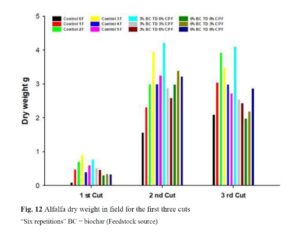Purpose Poultry agro-industry generates huge amounts of solid wastes, such as poultry litter (PL) and feathers. Feathers, possessing a substantial amount of organic nitrogen, are mainly converted into feather meal (FM) through the hydrothermal process; however, microbial conversion into feather hydrolysates (FH) is increasingly being focused on. Since waste management strategies include the use of […]
Purpose: There is an increasing trend of using sewage sludge co-composting to produce bio-fertilizers for use in agriculture. However, existing studies on the quality of the produced compost came out with contradicting results, which hinder its sustainable utilization. Hence, this study aimed at assessing the quality of sludge based compost for agricultural use. Method: Four […]
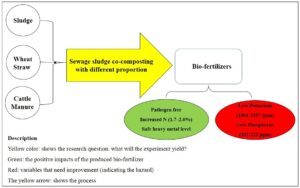
Purpose Market crop waste (MCW) contributes significantly to the quantity of municipal solid waste generated in sub-Saharan Africa. These wastes, however, contain high levels of plant nutrients which can be harnessed through composting to improve soil organic matter and nutrient status of impoverished tropical soils. Method In this work, annual MCWs from two urban markets […]
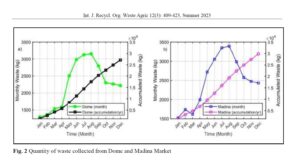
Purpose: Poor management of chicken litter by the poultry industry has caused many environmental issues. Biochar’s unique characteristics make poultry litter-to-biochar conversion an intriguing management option thus, could be utilized as an organic fertilizer for plant nutrients. In this research, poultry litter was converted into biochar, which offers a range of possible applications, including analyzing […]
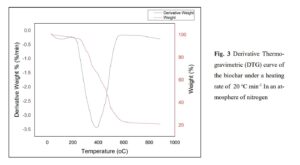
Purpose Agricultural crop residues (ACR) and agro-industrial waste (AIW) are abundant in Indonesia and primarily used as substitutes for cattle feed or to be naturally decomposed in the nearby environment. This review attempts to examine the potential valorisation of ACR and AIW into biosorbent. This paper also provides the challenges and opportunities in applying wastewater […]
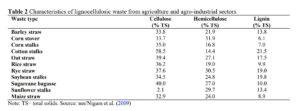
Purpose: The limitation of the use of some agricultural wastes is their C/N ratio. This study was aimed at integrating cocoa pod husk, moringa leaves, and poultry droppings in composted form for enriched soil amendments for vegetable production. Method: Three compost types: cocoa pod husk, moringa leaf, and poultry droppings were composted for 60 days […]
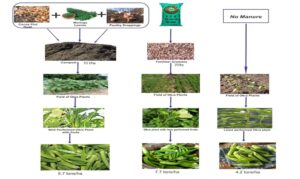
Purpose: Exploring alternatives to mitigate soil degradation has been gaining importance in recent years. Biochar promises to improve properties such as soil fertility and soil conditioning. This research involved an experiment with different levels of biochar in associating it with some chemical properties and the wood yield of A. mangium. Method: We used a design […]
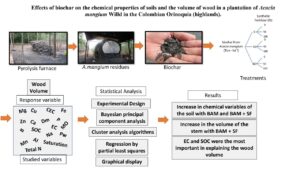
Purpose The consecutive amendment of composted tannery sludge (CTS) could promote changes in the status of soil microorganisms. Thus, this study evaluated the changes on microbial C and enzyme activities in soil after 9 years of CTS amendment. Methods CTS was amended from 2009 to 2018 at five rates: 0, 2.5, 5, 10, and 20 […]
Purpose: The study presents how to develop and optimize a spectral measurement methodology for monitoring the composting process of broiler and hen manure using zeolite. Models were set up to determine the pH, electrical conductivity (EC, dS m−1), and moisture content (MC, w/w%) from reflectance data using spectral indices to establish a rapid, noninvasive, non-destructive […]
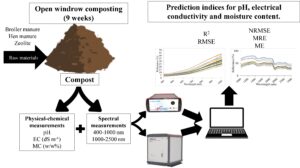
Purpose Biochar is a carbon-rich coproduct resulting from pyrolyzing biomass. Positive effects on productivity, soil stability, carbon sequestration, soil fertility have been validated by several studies. The aim of the present study is to compare the effect of different rates of biochar “BC TD” (produced from the pyrolysis of seeds of date ‘D’ and “Tomato […]
